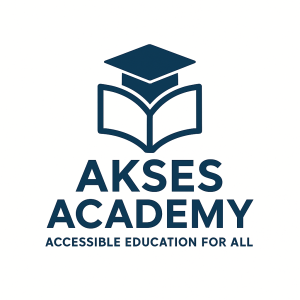✏️ Writing (DSKP 3.1.1, 3.1.2, 3.2.1, 3.2.2) — Unit 2: Let’s Play!
Objective: Assess pupils’ ability to write toy-related words and complete very simple sentences (e.g., ball, kite, doll, bike) with correct spelling and basic sentence structure in familiar contexts.
Activities
Fill in the blanks (toys):
Pupils look at a picture and fill in the missing toy word, e.g.
This is a ___.
(ball / kite / doll / bike).
Fill the sentence (guided writing):
Pupils complete simple sentences such as:
His name ___ . He’s ___ . His favourite toy’s his ___ .
Grading (auto TP from % score)
-
90–100 → TP6: Writes toy-related words and simple sentences accurately and independently.
-
76–90 → TP5: Completes sentences correctly with minimal support.
-
61–75 → TP4: Writes simple toy-related words and sentences with some support.
-
41–60 → TP3: Copies or fills familiar toy words/phrases with guidance.
-
21–40 → TP2: Writes or traces familiar toy words with support.
-
0–20 → TP1: Attempts a few letters/words with strong support.
Suggested DSKP Elements (Writing, aligned to Unit 2)
-
3.1.1 Copy familiar words in print (e.g., ball, kite, doll, bike).
-
3.1.2 Write letters and familiar high-frequency words from memory.
-
3.2.1 Complete simple sentences with familiar words using given models (e.g., He’s seven. His favourite toy’s his car.).
-
3.2.2 Use basic punctuation and capital letters with support (e.g., full stops, capital letters for names).
